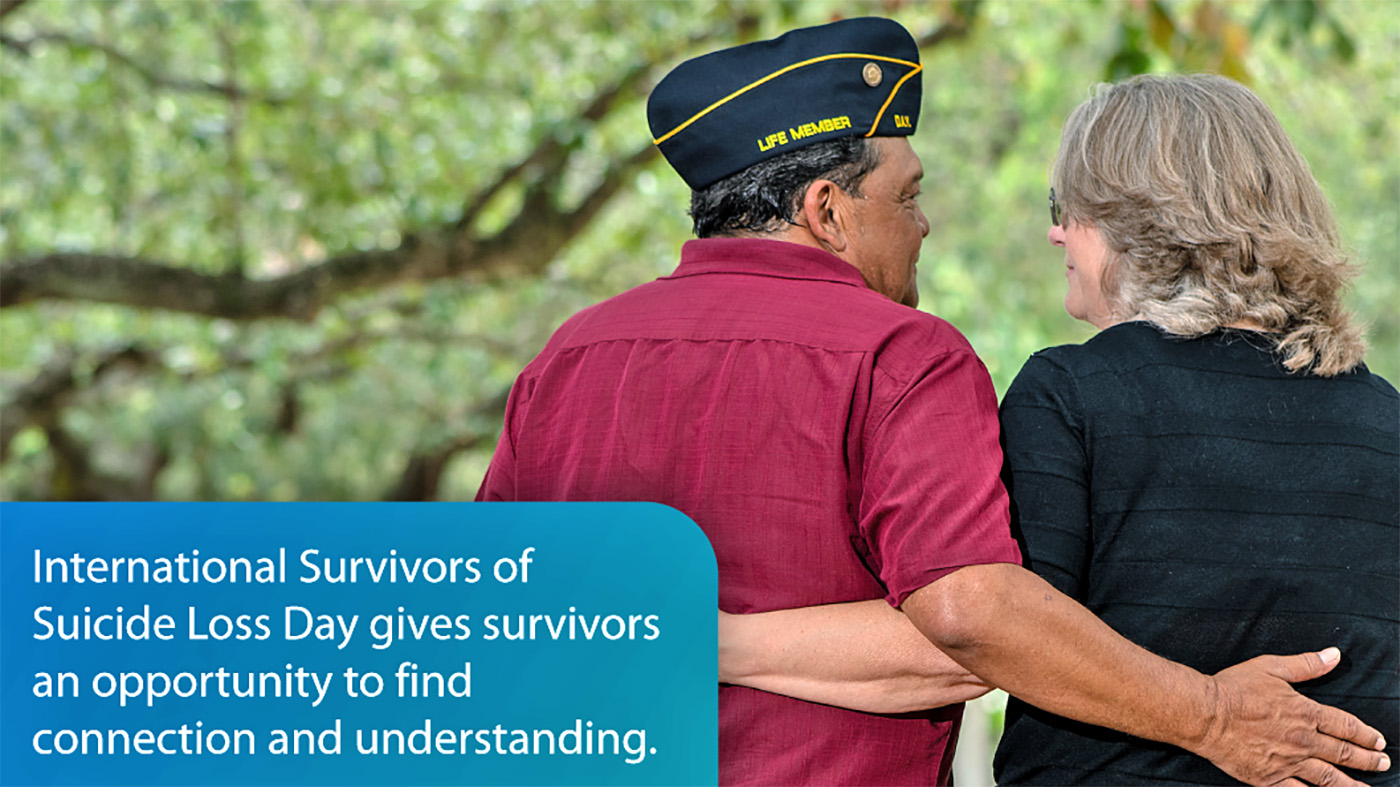November is National Diabetes Month. Prediabetes, when blood sugar levels are higher than normal but not high enough to be diagnosed with diabetes and is very common. Prediabetes used to be referred to as “borderline diabetes.” Fortunately, this term is no longer used in the medical community as no-one could really tell you what this meant, and some folks felt that they shouldn’t take their blood glucose issues seriously as they didn’t need medicine (yet).
According to the Centers for Disease Control and Prevention, 84 million adults have the condition, and 9 out of 10 individuals with prediabetes don’t know they have it. Without weight loss and physical activity, it is estimated that 15-30% of those with prediabetes will develop type 2 diabetes within 5 years.
Many VAs have adopted the National Diabetes Prevention Program (DPP) with great results. The DPP research found that overweight and obese people with prediabetes who participated in a structured lifestyle change program reduced their risk of developing type 2 diabetes by 58%.
DPP recommendations:
- Progressively increasing to at least 150 minutes of moderate physical activity per week. That’s just 30 minutes a day, 5 days a week!
- For those that have met 150 minutes per week, working up safely and as tolerated to 300 minutes per week.
- Reducing calorie and dietary fat intake.
- Weight loss of 5-7% of starting body weight (10-14 pounds for a 200-pound person).
Additional tips to help if you’ve been diagnosed with “borderline” or prediabetes:
- Join your facility’s MOVE! ® weight loss program, Diabetes Prevention Program, and/or meet with a PACT or MOVE!® program Registered Dietitian.
- Choose water as your beverage. Flavored seltzer is a healthier substitute for soda. Check the nutrition facts labels, even for beverages marketed as heathy. Dilute fruit juices and sugar-sweetened iced teas to reduce the sugar content.
- Use the healthy plate method to plan meals. Using this method, 1/4 of the plate is protein (ex: chicken or eggs), 1/4 plate is carbohydrate/starch (ex: oatmeal or sweet potato) and 1/2 is non-starchy vegetables. Non-starchy vegetables (ex: green beans, carrots, bell peppers) are low in carbohydrates and calories, but high in fiber, making them a perfect food to help keep you full.
- Watch out for portion distortion. Common portion sizes for carbohydrates are often larger than what is healthy. Use household objects to estimate (ex: 1/2 cup of rice is about the size of a computer mouse, while 1 cup is about the size of a baseball). You can read the nutrition facts label to help determine the size of a normal portion. Believe it or not, one regular sized bagel can have the carbohydrate equivalent of 4-6 slices of bread! And a pasta entrée at most restaurants can often contain 3-4 times the recommended 1-cup portion of pasta.
- Consider your added sugar intake. Many of my clients switch to brown sugar, agave nectar or honey, thinking that these alternatives are healthier for them. However, these alternatives are very similar in terms of calories and sugar to white sugar. Consider lower-calorie, plant-based alternatives such as Stevia or monk fruit sweetener.
- Those with diabetes and prediabetes can and should include some carbohydrates in their diet, but portion control and type are important. Choose:
- Whole fruit (fresh or frozen) instead of juice
- Brown rice, wild rice, or quinoa instead of white or yellow rice
- Bean (chickpea or lentil) or whole wheat pasta instead of regular pasta
- Low-sugar or plain oatmeal instead of sugary cereal
- Small baked potato instead of French fries
- Whole grain English muffin or mini whole wheat bagel instead of large regular bagel
If you would like additional information about the research findings from the DPP, please see information from the National Institutes of Health. Interested in this or any other nutrition-related topic? Contact your local VA to speak to a dietitian.
Michelle Hyman is an outpatient Registered Dietitian working primarily with the MOVE!® program at the VA New York Harbor Healthcare system. In addition to face-to-face group and individual counseling, she enjoys using telephone and video technology to help Veterans reach their nutrition and health goals.
Topics in this story
More Stories
If you’ve lost a loved one to suicide, resources and support are available to help you cope during your grieving and healing.
Army Veteran Denis Velez donated a painting of his VA hospital as a way of giving back for his treatment there.
Ron Anderson's story of being caregiver for his father in his final years is a journey of love and duty.







It’s tough though when you lack the education and it seems so much of healthy eating is dependent on early childhood. If your parents don’t teach you though you might already develop diabetes in adulthood before you discover that it is indeed preventable. Public schools need to emphasize this more given our obesity problem in America.
Wow. I go through this thoroughly and I can say; this is a very nice remedy. 100% certified! Am gonna try this out.
My question is: is the remedy for both gender? Or a specific one.